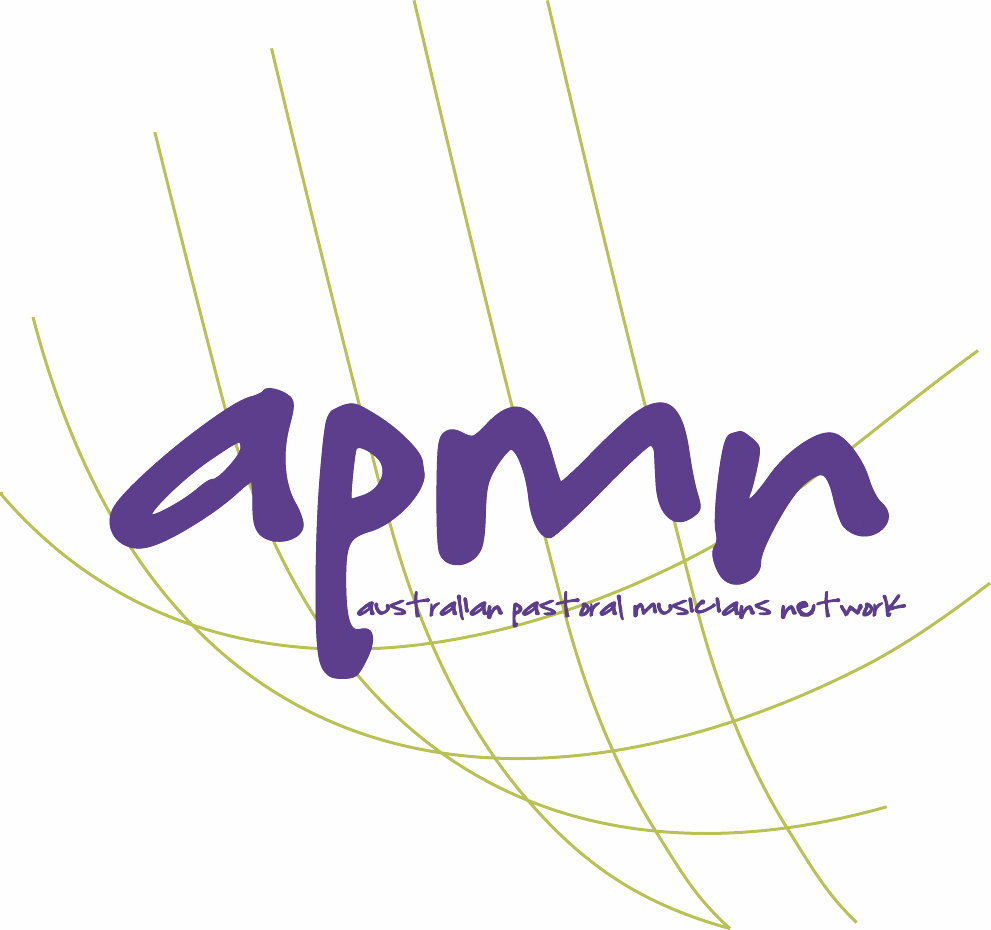Announcements

Composing Music for the Liturgy - Key documents
By Fiona Dyball
Composing music for the liturgy has some differences to writing music for personal prayer, popular piety and devotions, and catechetics. There can be some crossover (Eg. selections from the music of Taize can be used across formats), but there are also some helpful guidelines for those who want to offer their prayer in music specifically for the Mass.
APMN 2019 Conference presenter and theologian/musician Tony Alonso has just been in Australia and New Zealand offering workshops on composing for the church at prayer, and these were very well received.
Here are some recommended resources (documents, papers, websites, YouTubes and podcasts) from the APMN and Tony to help people develop and deepen their understanding of composing for the liturgy.
Foundational Documents
1. From Vatican II, the highest level of teaching authority: Sancrosanctum Concilium (Constitution on the Sacred Liturgy, 1963) On Sacred Music, paragraphs 112-121.
121. Composers, filled with the Christian spirit, should feel that their vocation is to cultivate sacred music and increase its store of treasures. Let them produce compositions which have the qualities proper to genuine sacred music, not confining themselves to works which can be sung only by large choirs, but providing also for the needs of small choirs and for the active participation of the entire assembly of the faithful. The texts intended to be sung must always be in conformity with Catholic doctrine; indeed they should be drawn chiefly from holy scripture and from liturgical sources.
2. Musicam Sacram (Instruction on Music in the Liturgy, 1967 – a companion document to Sacrosanctum Concilium) for important context: https://www.vatican.va/archive/hist_councils/ii_vatican_council/documents/vat-ii_instr_19670305_musicam-sacram_en.html
3. Recommended by the ACBC: Composer resources from Canada and the UK
https://www.catholic.au/s/article/Guidelines-for-Composers-of-Liturgical-Music

- By creating texts which are inspired by the Sacred Scriptures and the liturgical texts and are directed to God, the text writer helps the assembly express the Church’s faith.
- By avoiding sentimental and personal expressions of faith in favour of texts which articulate the faith of the whole Church, text writers nourish the assembly in its faith and empower the assembly to bear effective witness to the Gospel in the world.
Both composers and text writers are servants of the people of God. By providing texts and melodies which are accessible to the assembly, they foster the full, conscious and active participation by all the faithful, which the Church so earnestly desires. This is particularly true when composers provide music which can be used in diverse communities with a variety of resources available to them.
From Liturgical Composers in the Catholic Tradition: Music As Ministry
4. J. Michael Joncas, composer (On Eagles Wings) and theologian: (ACU Centre for Liturgy): https://www.youtube.com/watch?v=rZRIBdqJEdI Joncas names the rite (Actions, Ceremonies, Activities), the text (Scripture, Liturgical Texts, Others), and the music (Vocal, Instrumental) as all being central to the trialogue of the liturgical composer. This reinforces that music in a liturgical context serves the liturgy and supports paragraph 121 (see above) from SC as a key consideration for liturgical composers. He names the appreciation, support, and inclusion of the voice of the gathered assembly as central.
5. Tony Alonso: composer and theologian: (Hymn Society of US & Canada, 2019) https://www.youtube.com/watch?v=lHnt4Dnz-lI&t=5sWriting hymns, leading liturgies, and the importance of the church's song, especially the voice and song of the assembly. Tony highlights the power of an invitation and giving young people opportunities to be mentored in both liturgy and music as part of music ministry.
6. Tony Alonso: Thanks to Tony for providing these free to the APMN (attached):
Confessions of a Pastoral Musician (2020)
A Not So Universal Language (2015)
7. Tony Alonso: GIA Interchange Podcast (2025) Invitation, Formation, Vocation: The Providential Journey of a Music Minister (Episode 7)https://soundboard.giamusic.com/interchange/

